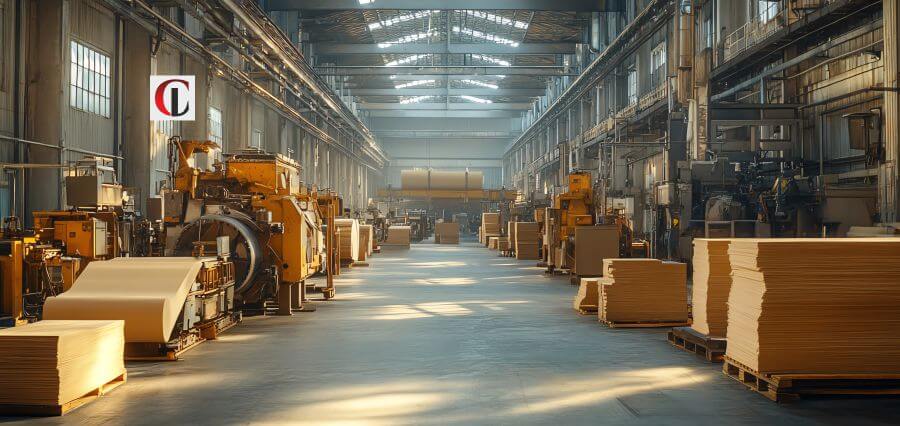Automation has revolutionized the manufacturing process by transforming the process of goods production. Manufacturers have integrated advanced technology to enhance productivity and reduce operational hurdles. This approach has optimized production and ensures consistency and precision.
Let’s explore the potential benefits of automation for your manufacturing needs—embrace innovation and efficiency today!
Enhanced Accuracy and Quality Control
Automation can make processes more accurate and maintain quality levels. Automated systems minimize human errors since they standardize a process, ensuring uniform results at different production lines. Machines can be programmed to operate within specifications that guarantee uniformity by high-quality benchmarks.
This also reduces waste as accuracy in production methods minimizes the number of defects. Manufacturers will see an increase in customer satisfaction due to fewer defective products that incur costs.
Increased Speed of Production
Automated processes are much more rapid than manual operations. Machines and robotics can operate uninterruptedly, which means there is an increase in the general output of manufacturing facilities. That which would take hours is now accomplished in a much shorter time, and therefore business enterprises can respond to growing demands better.
This speed enables manufacturers to scale operations and adapt to market needs. Additionally, reduced production time translates into quicker delivery schedules, enhancing customer satisfaction.
Cost Efficiency and Resource Optimization
While the cost of automation may seem steep, it pays for itself in the long run. Automated systems save labor costs by completing tasks much faster than humans can. This means that companies can free up their employees to do more creative or strategic work.
Automation also optimizes resource usage; hence it reduces material waste and energy consumption. The accurate nature of these systems ensures resources are used judiciously; thus, this leads to fewer operational costs and better profitability.
Increased Workplace Safety
Automated systems help create safety at work by performing tasks that will be hazardous to human workers. Everything from hand-heavy machinery to conducting operations in extreme conditions creates a reduced risk of accidents or injuries in the workplace. An employee can focus on supervision roles and decision-making, among other things, thereby working less in dangerous situations.
Growth in safety measures not only protects the workers but also reduces losses in terms of costs associated with injuries and downtime due to accidents.
Scalability and Operational Flexibility
The facility must automate when flexibility is needed based on changed production requirements. Automated machinery systems would be set and adjusted appropriately as per the varied tasks encountered, which easily allows scaled volumes as and when required, as in sudden demands or by modifying the production scope. Flexibility helps to stay one step ahead of the need since an industry asks for its pace to be modified and improvised continually and fast.
Flexibility Ensured by Data-Driven Business Decision Making
Automation allows the incorporation of more advanced technologies like sensors and monitoring systems that gather data from the production line in real time. Data can be used to spot inefficiencies, track performance metrics, and make the appropriate decision for process improvement.
These are insights obtained by automation that give manufacturers room for fine-tuning operations for competitive advantage. Another added advantage is predictive maintenance through an analysis where possible equipment failure is forecasted. This will mean less downtime and costs in repair services.
The Role of Robotics and AI
Robotics and AI have become an integral part of automated manufacturing. Robotics improves precision and speed, whereas AI enables systems to learn and adapt over time. AI-powered automation can predict trends, optimize workflows, and improve supply chain management.
Robotics and AI have combined to make sure that the processes of manufacturing are efficient, scalable, and innovative. These trends will continue to advance the possibility of efficiency in production.
Environmental Sustainability
Automation is one of the key drivers of eco-friendly manufacturing. Automated systems reduce waste, minimize energy consumption, and use resources in an efficient manner, making them sustainable production processes. More and more manufacturers are embracing automation as a means of reducing their impact on the environment.
This change not only fits into the global sustainability agenda but also increases brand reputation among green-conscious consumers.
Conclusion
Automation has rewritten the rules about manufacturing efficiency, providing solutions that bring together productivity and safety with sustainability. Advanced integration of systems into manufacturing processes enables unique precision and scalability in a now highly competitive industry.

